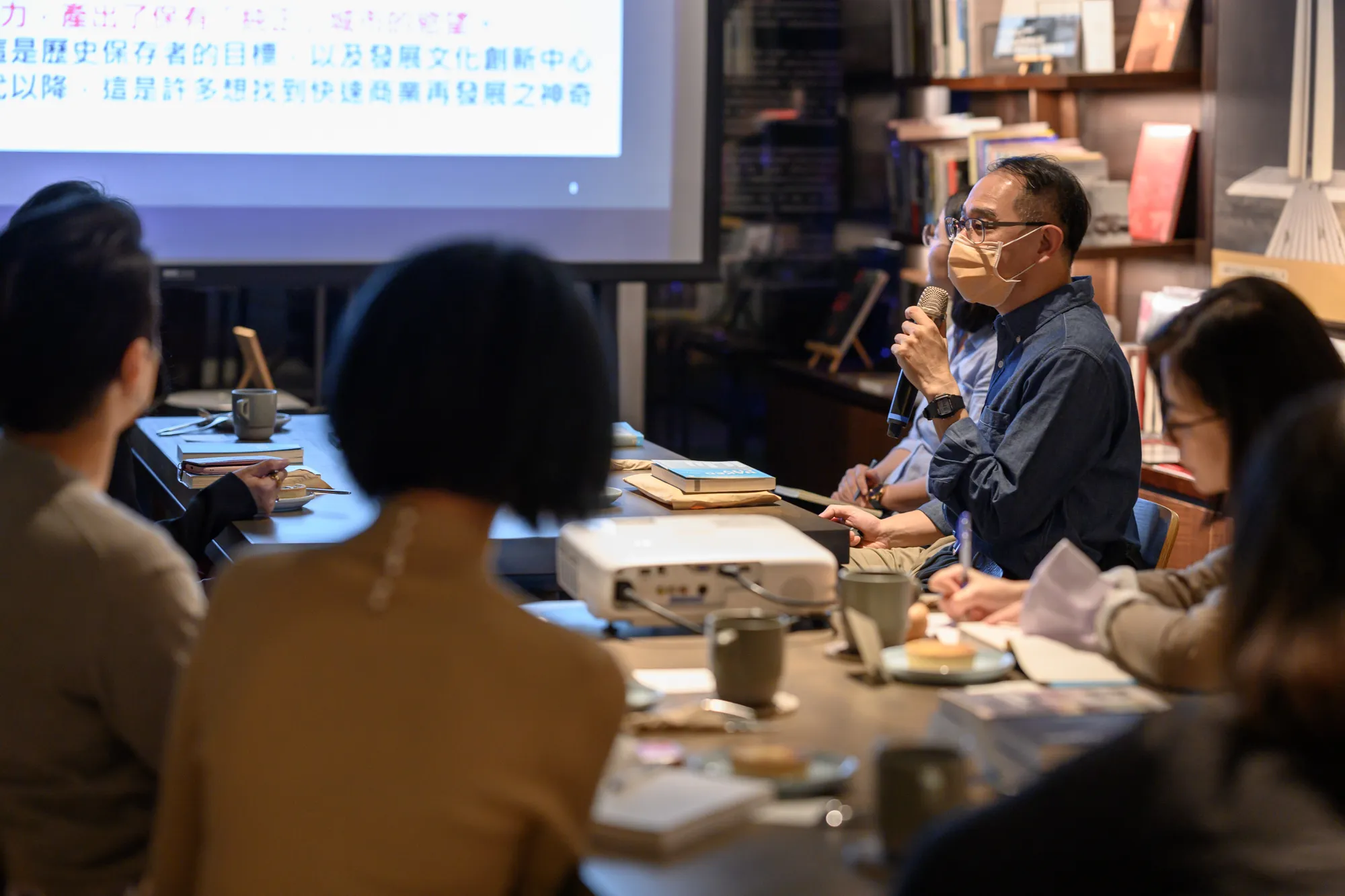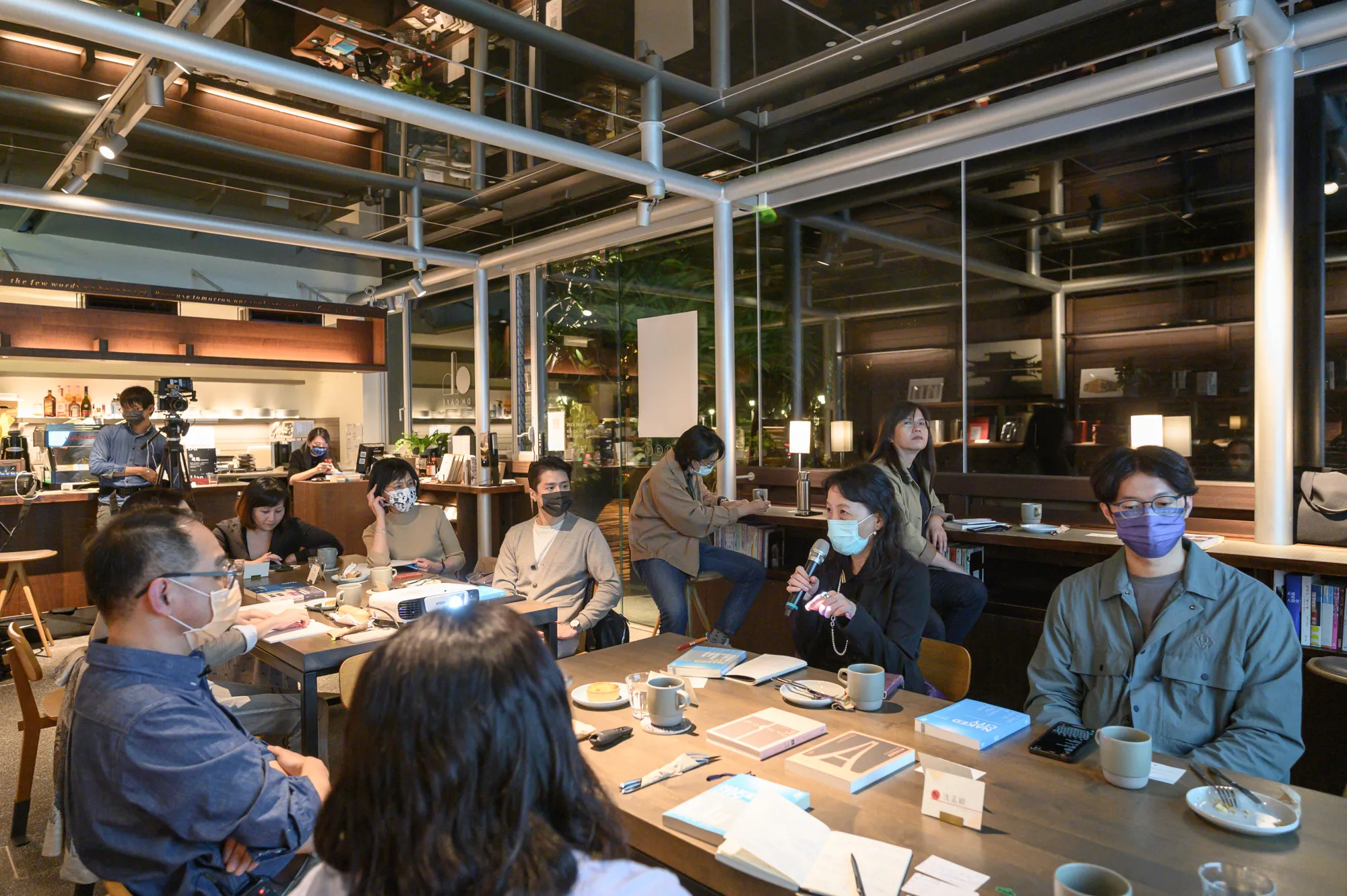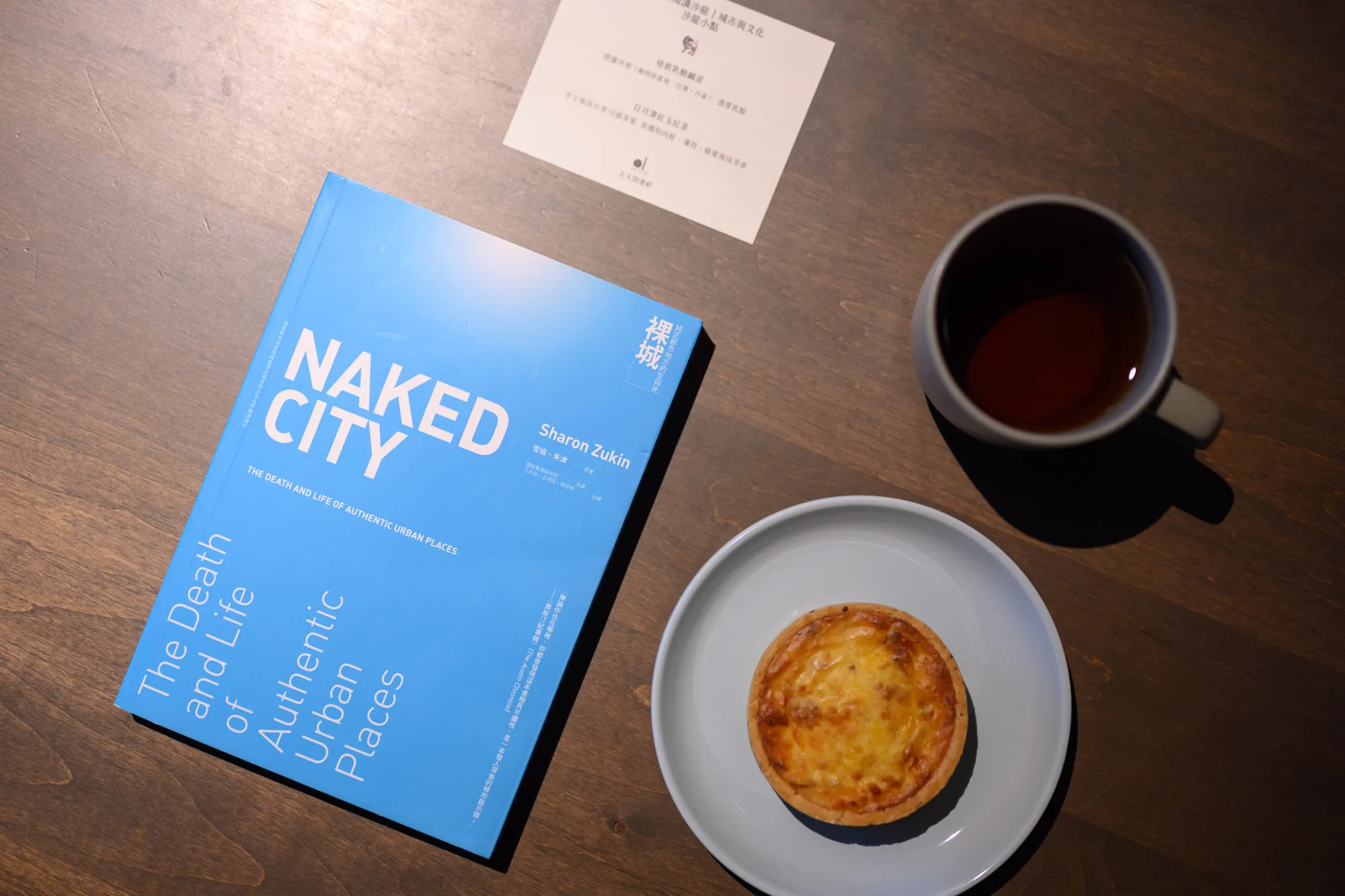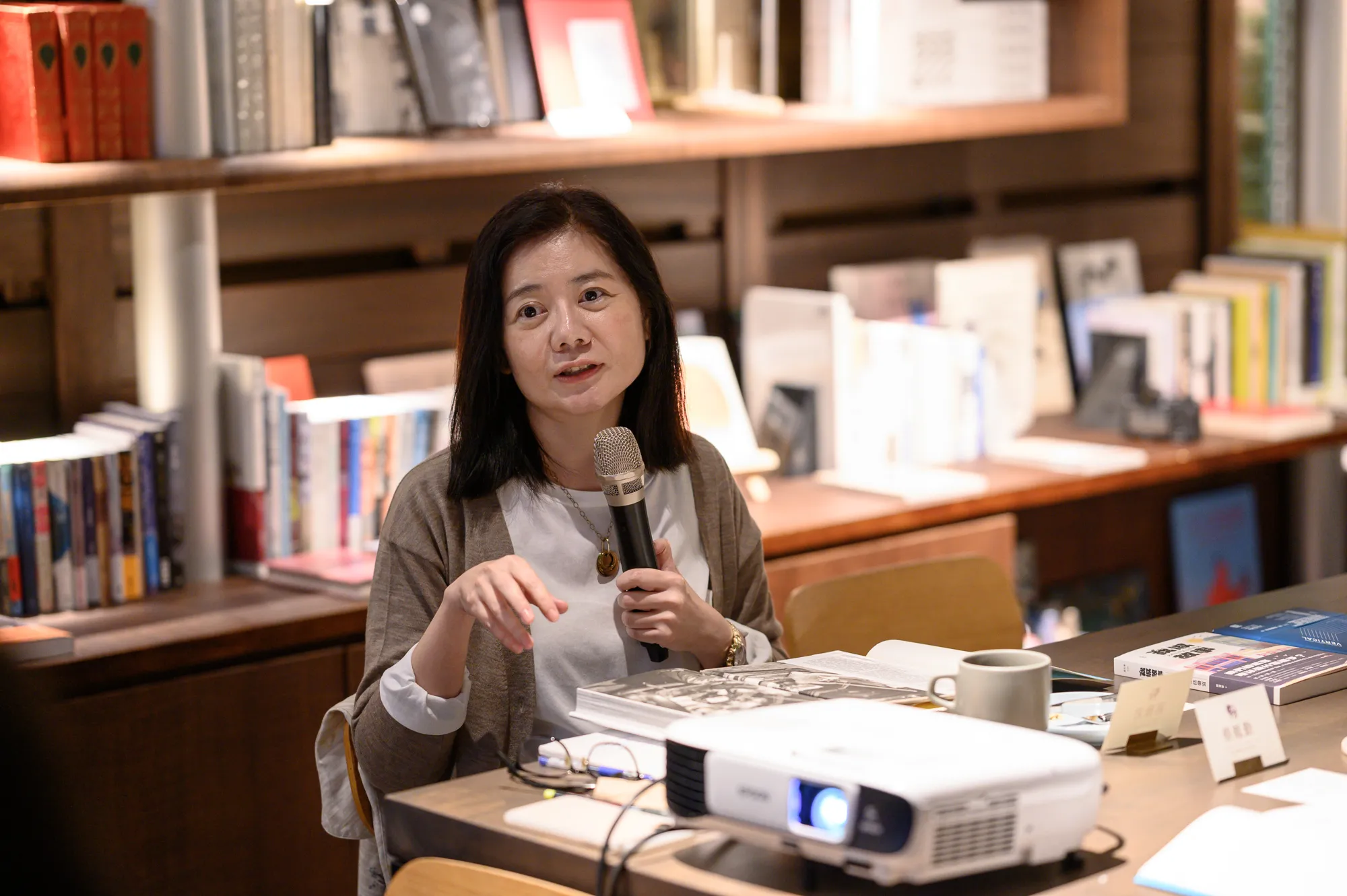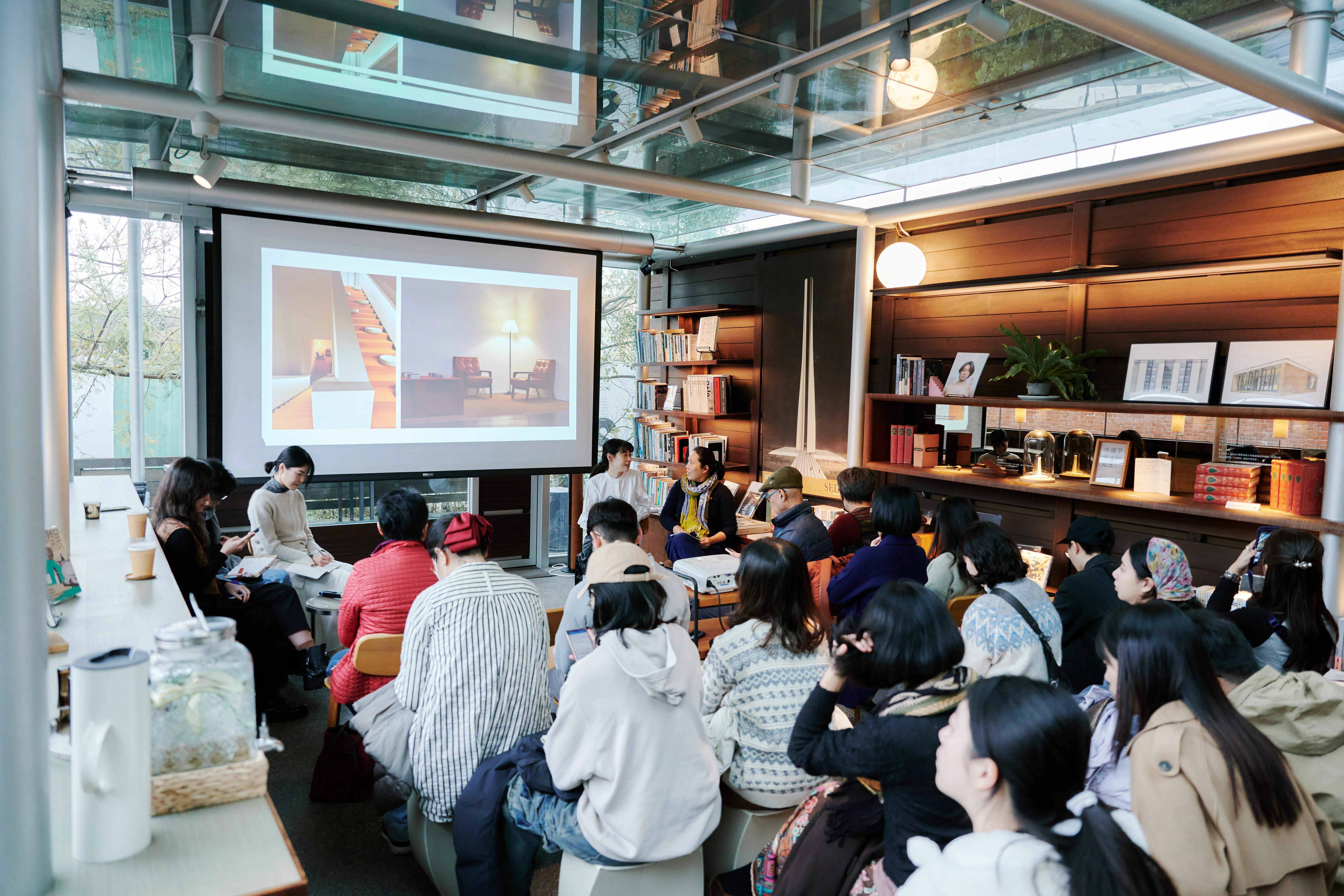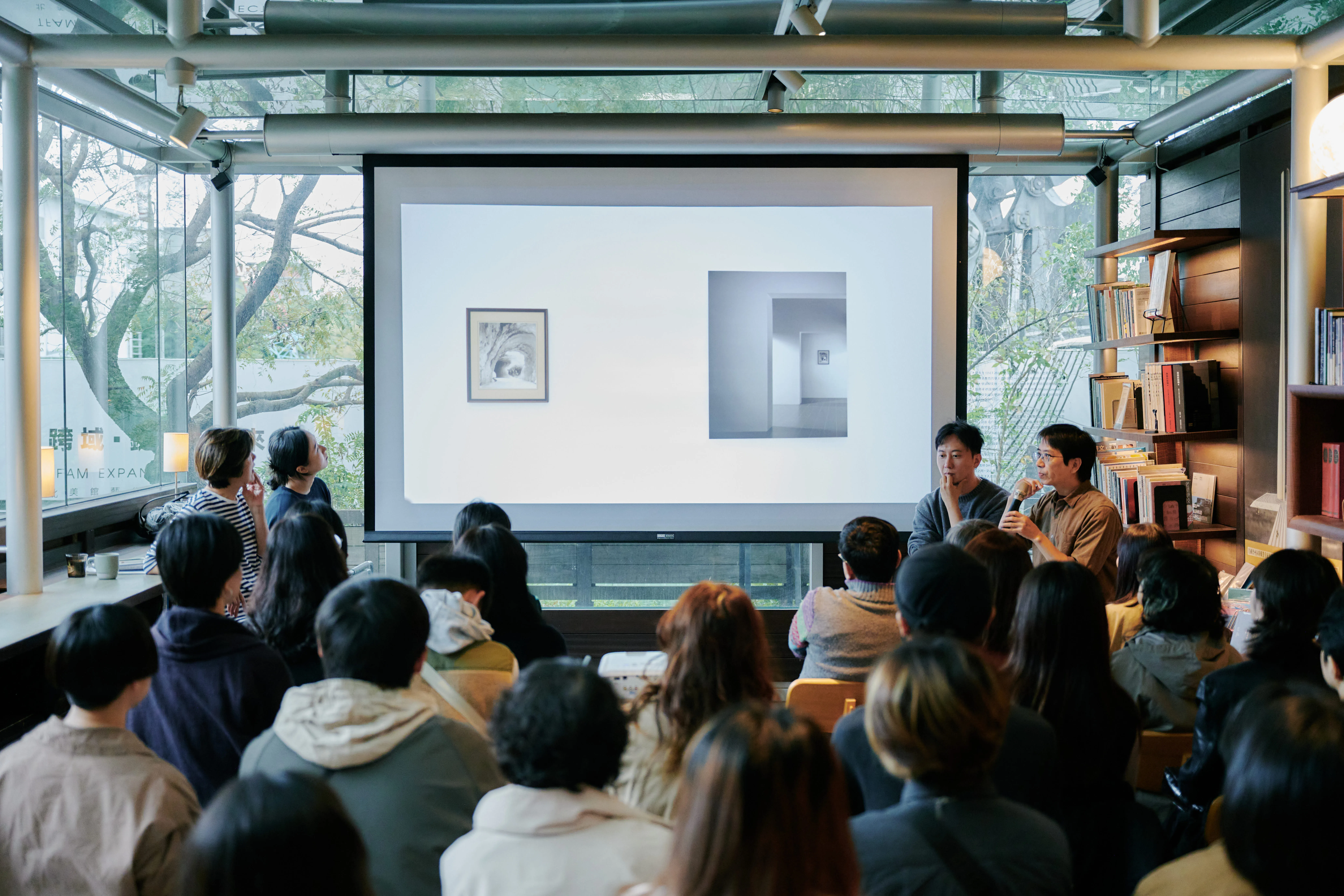
The Chimera Group.New Visions on Urbanism | City and Culture
Speaker
Professor, Institute of Architecture and Urban Development, National Taiwan University, Zhihong Wang
Guest
Yin Baoning Professor, Institute of Art Management and Cultural Policy, National Taiwan University of the Arts
Location
DH Café (No. 153, Section 3, Zhongshan North Road, Zhongshan District, Taipei City)
Fee
One session $1500 (including monthly reading books, expert readings, themed salon tips, guided reading notes)
Books
Wang Zhihong, Wang Yuemin, Xu Tsuen, “The Life and Death of a Pure City Place”. Grouping, 2012. (Original: Sharon Zukin, Naked City: The Death and Life of Authentic Urban Places)
Introduction
Chimera Reading Salon: New Perspectives of the City continues the spirit of The Chimera Group, a transdisciplinary arts society founded in the 1950s by Mr. Wang Dao, who often invited artists to meet in his home. The Chimera Group started from “architecture” and gradually expanded to performing arts, art, literature, photography, and commentary. Years of free and open cross-domain communication at Wang Daishi's home. With “City” at its core, the first series will invite Professor Wang Zhihong, Institute of Architecture and Urbanism, National Taiwan University, and special guests to explore new perspectives on urban space culture through six of his translated urban space books. The third lecture will be based on the book “Naked City: Life and Death in a Pure Urban Place” and will lead students to an in-depth discussion through an introductory reading by Professor Wang Zhihong and by special guest Professor Yin Baoning.
Naked City: The Life and Death of a Pure Urban Place
A modern upgrade of Jane Jacob's legendary 1961 book The Life and Death of a Great American City
As the city gentrifies, educated urbanites gradually begin to value what they consider to be “pure” urban life, such as ancient buildings, art galleries, boutiques, high-end food markets, ethnic restaurants, and more. All of these show the “purity” of a place that is quite different from the bland and boring, always-on planning. However, the rapidly expanding demand for “purity” — reflected in skyrocketing house prices, expensive shops, heavily policed urban streets — has driven away those who initially gave the neighborhood a “pure” vibe, including foreign immigrants, the working class, and independent artists.
With the keen eye of a journalist and a thorough understanding of veteran critics and observers, Zhu Jin conducts a panoramic survey of contemporary New York, tracing the economic and social transformations of six prototype regions, and leading readers to visit the site of New York's first IKEA home and the site of the World Trade Center. She points out that real estate developers and government officials have teamed up to wipe out the roughness and disparity of the city's streetscape, erasing the history and identity of the community, trying to make everything clean and new. Naked City prompts us to think about how to defend the survival rights of ordinary citizens and the vulnerable, how to give young cultural people space to innovate, and how cities can preserve a diverse landscape.
Event Recap
Culture is born out of people, and cities have culture because they take on the daily lives of their inhabitants. No matter where in the world, spaces with local stories, such as communities, old buildings, citrus shops, markets, vintage snack shops, etc., are key to imparting purity to urban life. “Naked City: The Life and Death of a Pure Urban Place” by Sharon ZukinNaked City: The Death and Life of Authentic Urban Places, 2009) VIVIDLY DEPICTS THE STORIES AND CHARACTERS EMBODIED IN EACH OF NEW YORK'S DISTINCTIVE COMMUNITIES AND EXPLORES THE RELATIONSHIP BETWEEN URBAN SPACE AND MULTICULTURALISM THROUGH A PANORAMIC SURVEY OF CONTEMPORARY NEW YORK. In fact, it's not just New York, but the world's major cities, including Taipei, are seeing a trend of gentrification. While social diversity, made up of race, gender, class, and so on, certainly needs to be protected, the conflict between capital development and the right to live in the grassroots needs to be addressed. However, gentrification has not only negative effects, but it also drives the development of the cultural economy. The gap between theory and practice always exists, so the concept of “truth patching” proposed by scholars is crucial. What we can do is rethink the problems that have occurred in New York's long-term urban development from a Taiwanese perspective, and think about a way to face these global urban issues while recognizing such global urban issues.
